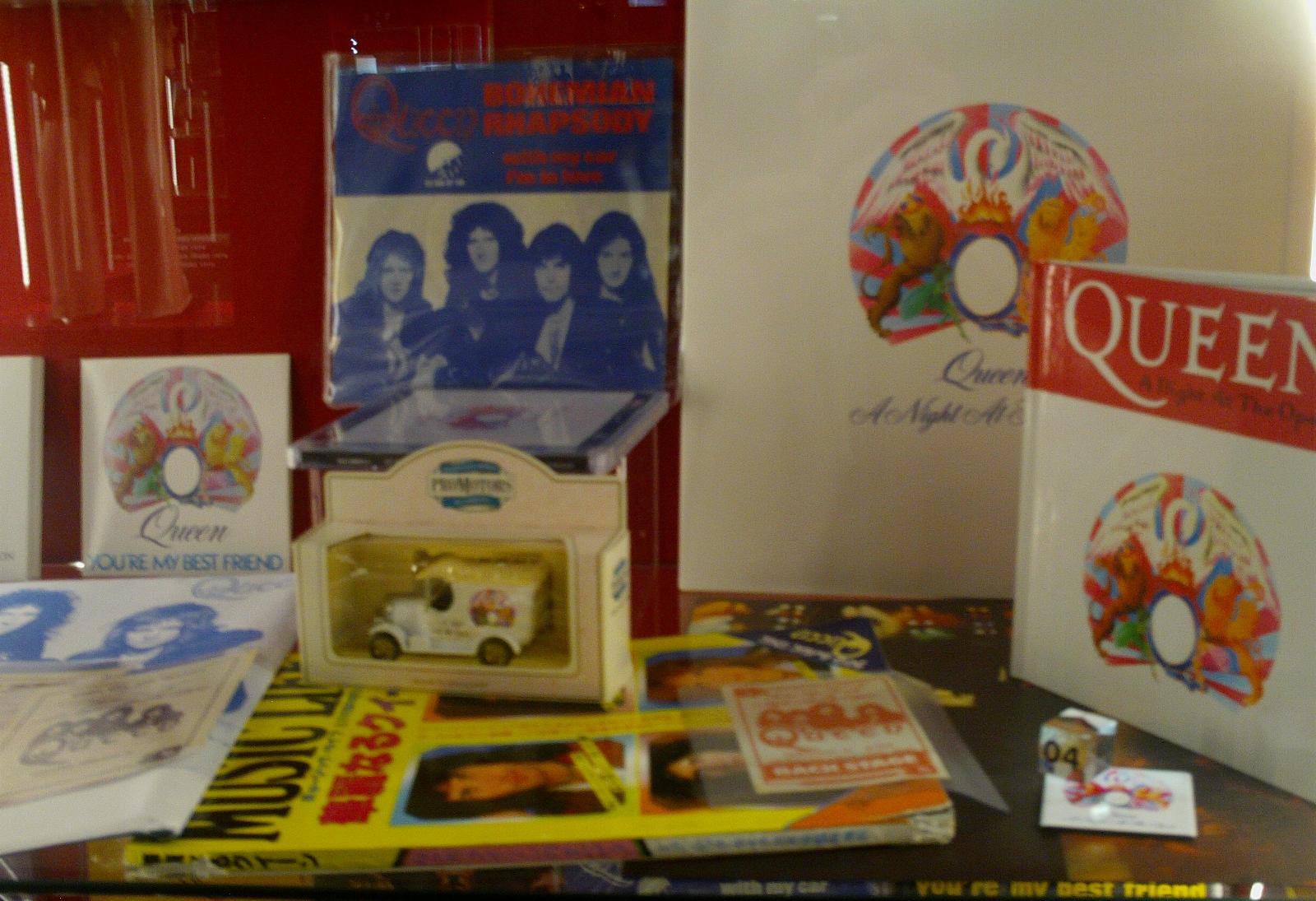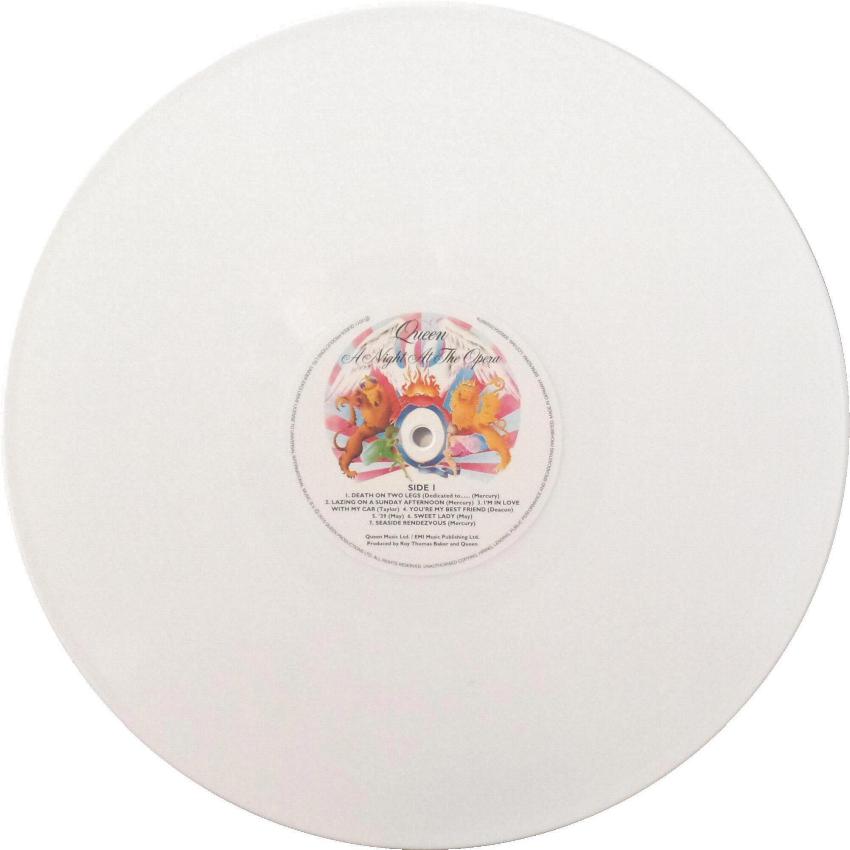
These were accompanied by live recordings of ’39 and Love Of My Life and a new version of Keep Yourself Alive, recorded in June 1975 for a USA single. The deluxe edition of the A Night At The Opera 2011 digital remaster included a Bonus EP which featured pared-down remixes of I’m In Love With My Car, You’re My Best Friend and the Bohemian Rhapsody operatic section.

This was the album which broke Queen to a wider audience around the world and established them as true rock superstars in its original chart run it spent forty-four weeks in the UK album charts – four of them at No.1 – and 47 weeks in the USA Billboard album chart, reaching the highest position of No.4 its sales in the USA earned it a gold disc, whilst it went quadruple platinum in the UK. The time and expense were justified as soon as it was released by the time it hit the UK record shops on 21st November 1975, public awareness of Queen’s fourth album was already growing, thanks to their well-publicised UK tour, which had commenced a week earlier in Liverpool, and the rapid climb up the charts of the Bohemian Rhapsody single, which had been released on 31st October and would be announced as the new UK No.1 a mere four days later. Reputedly, A Night At The Opera was produced at a cost approaching £40,000 – making it one of the most expensive rock albums up to that point (in 2012, using the UK Retail Price Index, it would be equivalent to £284,000). The recording itself took place from August to November of the same year, using several different studios including: Lansdowne Recording Studios, London, England, Olympic Sound Studios, London, Rockfield Studios, Monmouth, Wale, Roundhouse Recording Studios, London, SARM Studios, London, and Scorpio Sound Studios, London, England (where legendary British radio DJ Kenny Everett was handed a tape copy of a new unreleased track called Bohemian Rhapsody).


Queen devoted an intensive period, during June and July 1975, to developing and rehearsing new material. Buoyed by the commercial success of Sheer Heart Attack and driven by their unfettered confidence and ambition, they approached the project with a view to pushing the boundaries further than ever before it was time to produce their magnum opus. By the time they were ready to start work on their fourth album, Queen were both experienced and proficient in recording studio craft.


 0 kommentar(er)
0 kommentar(er)
